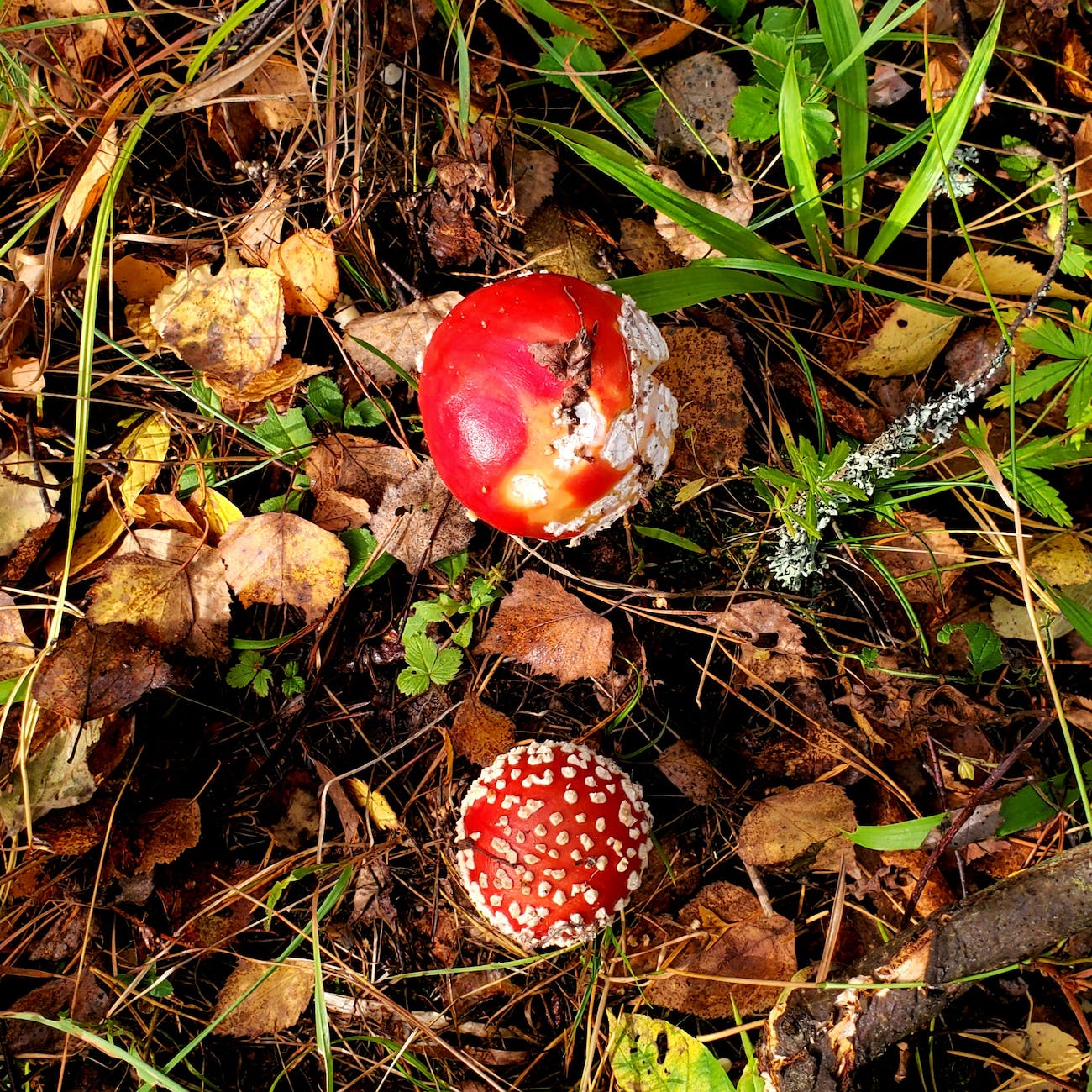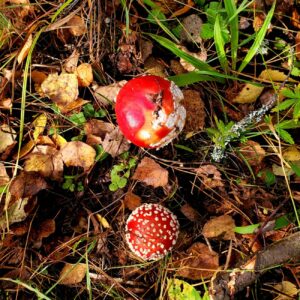

Mushroom farming, also known as fungi culture, is an agricultural practice that involves cultivating edible and medicinal mushrooms in controlled environments. This farming method has gained popularity in recent years due to its high profitability, low startup costs, and sustainable production practices. In this blog, we will discuss mushroom farming in detail, covering everything from the benefits of mushroom cultivation to the different types of mushrooms and techniques used in mushroom farming.
<<EARN HIGH COMMISSION WITH MUSHROOM FARMING>>
Benefits of Mushroom Cultivation

Mushroom farming offers numerous benefits for both farmers and consumers. For farmers, it is a profitable and sustainable way to produce a high-value crop with minimal investment. Mushrooms are also known for their high nutritional value, making them a popular food choice for health-conscious consumers. Additionally, mushrooms have been used for medicinal purposes for thousands of years, with studies suggesting that they may have anticancer, antimicrobial, and anti-inflammatory properties.
Types of Mushrooms

There are many different types of mushrooms that can be cultivated for commercial purposes. Some of the most popular mushrooms include:
- Button mushrooms: These are the most commonly cultivated mushrooms, with a mild flavor and firm texture.
- Shiitake mushrooms: These are a popular ingredient in Asian cuisine, with a meaty texture and rich, earthy flavor.
- Oyster mushrooms: These have a delicate flavor and velvety texture, and are commonly used in stir-fries and soups.
- Portobello mushrooms: These are large, meaty mushrooms with a slightly nutty flavor, often used as a vegetarian alternative to meat.
Mushroom Farming Techniques
Mushroom farming requires specific environmental conditions and techniques to produce high-quality crops. The following are some of the most common mushroom farming techniques:
- Substrate preparation: Mushrooms are grown on a substrate, which is a material that provides nutrients for the fungus to grow. Common substrates include straw, sawdust, and agricultural waste such as corn cobs and cottonseed hulls.
- Spawn production: Spawn is a material that contains mushroom mycelium, the vegetative part of the fungus. This is used to inoculate the substrate with mushroom spores.
- Incubation: The substrate is placed in a temperature-controlled environment to allow the mycelium to grow and colonize the substrate.
- Fruiting: Once the substrate is fully colonized, it is moved to a fruiting chamber where the mushrooms are grown. This chamber has specific environmental conditions such as temperature, humidity, and light that are tailored to each type of mushroom.
- Harvesting: Mushrooms are harvested by hand once they reach maturity, which varies depending on the type of mushroom.
Mushroom farming is a profitable and sustainable way to produce a high-value crop with minimal investment. With the right techniques and environmental conditions, farmers can cultivate a wide range of mushrooms for both food and medicinal purposes. Whether you are a seasoned farmer or just starting, mushroom farming is an excellent way to diversify your agricultural production and meet the growing demand for healthy and sustainable food.




















